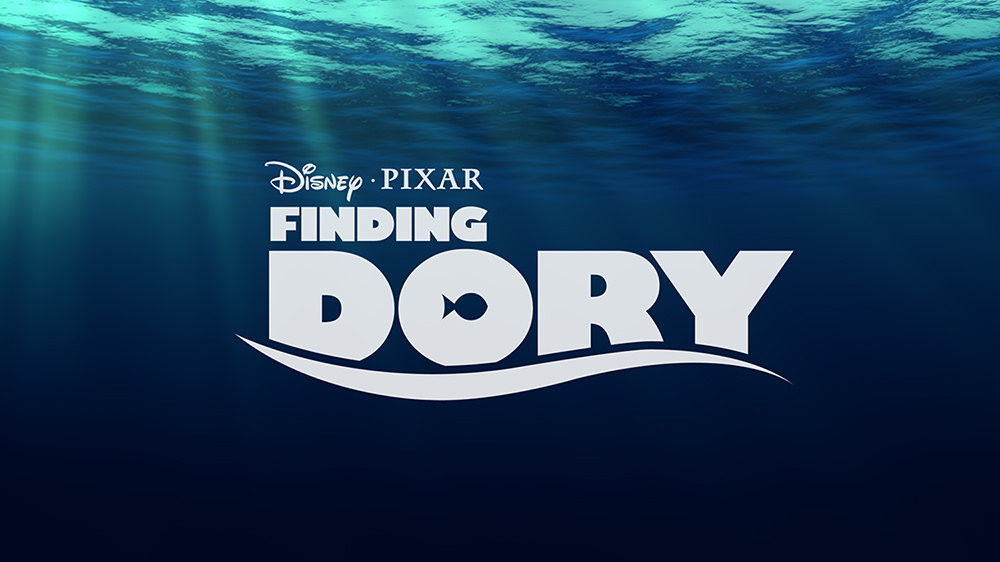The summer of 2016 brought us what we’ve come to expect of Hollywood at this point. There’s plenty of sequels, reboots, remakes, superheroes, and animated outings to go around this year. It’s time once again to see which flicks reigned supreme, which blockbusters busted, and what gems remained hidden.
Disney already had a remarkable year with the box office and critics leading up to June, and continued their success with the release of Finding Dory, the long-awaited sequel to 2003’s Finding Nemo, to critical praise and the top spot at the summer box-office.
The story takes place shortly after Finding Nemo, and as the title suggests, focuses on Ellen DeGeneres’ lovable amnesiac fish counterpart, Dory, who journeys to a California public aquarium in a quest to find her parents and remember her past with her friends, Marlin and Nemo, while encountering many new faces along the way.
While not as good as the predecessor, it still hits the mark in a number of areas. The voice work is solid, the animation continues to show why Pixar’s the king of CGI, the new characters are creative and filled with personality, and it has a warm and thought-provoking focus on those with disabilities.
It still had a few faults, like how Marlin and Nemo felt like they had had little impact on the plot, and how some characters could have been fleshed out more. Otherwise, Finding Dory is a solid family flick that’s a good show for all ages.
Of course, summer was also filled with plenty of misfires. Few felt the amount of disappointment a number of fans felt after watching Warner Bros’ Suicide Squad.
In the film, Government official Amanda Waller puts together Task Force X, a group of imprisoned supervillains in the DC Universe. The group is comprised of the likes of the assassin-for-hire Deadshot, and the Joker’s girlfriend Harley Quinn among others. Their team is tasked to perform dangerous black ops missions involving superhuman threats.
This film had the potential to improve upon the DC Extended Universe, yet the most common praise amongst the critics and fans was “At least it wasn’t as bad as Batman v. Superman.” It showed some good ideas with certain characters and some decent acting. Unfortunately, the movie is held back thanks to muddled directing from David Ayer, choosing quantity over quality when it came to characters, and a plot that doesn’t utilize the Squad’s full potential.
The most controversial aspect was the use of Jared Leto’s Joker. The iconic Batman villain was teased to be a monumental part of the film, but in the finished product, Leto gets less than eight minutes of screen time and contributes almost nothing of significance to the plot.
While the final product still made a lot of money from both moviegoers and Hot Topic enthusiasts, it wasn’t the comeback DC was hoping for. Suicide Squad may not have killed the DC extended universe, but the film has hurt it really, really badly.
With companies like Disney, Dreamworks, and Universal competing in the CGI animation department, it’s easy to overlook what companies like Laika are capable of. Laika’s been responsible for a couple of critically acclaimed but underappreciated stop-motion classics in the last decade. They once again prove their worth with their latest release, Kubo and the Two Strings.
The story takes place in ancient Japan, where a young boy named Kubo lives in a cave to avoid detection from his evil aunts and grandfather. The plot follows his journey as he is accompanied by a talking monkey and beetle samurai to stop the Moon King from wreaking havoc on his life.
The film is beautifully animated and raises the bar higher for the genre, taking advantage of recent developments in stop-motion techniques and technology, as well as the Japanese setting, creating a great sense of personality within the characters through a combination of their designs and emotions, despite having several limits already placed.
While the story does follow the basic “hero’s journey” tropes, there’s plenty of memorability in the characters themselves, the action set pieces, and the intense atmosphere. Don’t let some of the cute designs fool you, the film does not hold back when it wants to and can get considerably dark.
It’s films like Kubo that prove that children’s films can be just as smart and emotional as movies supposedly meant for adults, sometimes even more so. If they keep this up, Laika might become known as the Miyazaki of stop-motion.
